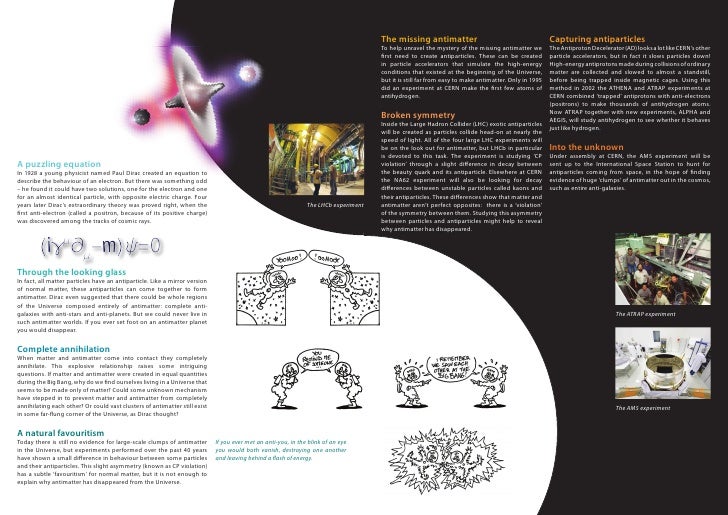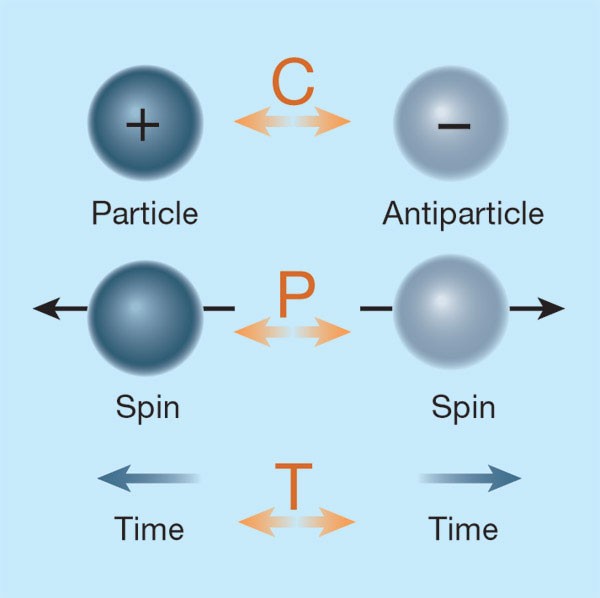
Because the Ps atom doesn’t have a heavy nucleus, it’s extremely light and will typically move very, very quickly (~100 km/s). In this post, we outline how we recently managed to guide positronium using a quadrupole.

The ultimate aim of our experiments at UCL is to observe deflection of a Ps beam due to gravity, as nobody knows if antimatter falls up or down. Made of just two particles – an electron and a positron – the atomic structure of Ps is similar to hydrogen. Positronium (Ps) is a hybrid of matter and antimatter. The Strangest Man by Graham Farmelo is a fascinating account of Dirac’s life and work. Separated in life by more than two centuries, Paul Dirac and Sir Isaac Newton are arguably the fathers of antimatter and gravity. He’s commemorated in Westminster Abbey by an inscription in the Nave, not far from Newton’s monument. In 1933 Dirac shared the Nobel prize in physics with Erwin Schrödinger “for the discovery of new productive forms of atomic theory”. But antimatter is apparently – and as yet inexplicably – much scarcer than matter. Dirac accurately mused that the anti-proton might also exist, and most physicists now believe that all particles posses an antimatter counterpart. Dirac published his theory of the anti-electron in 1931 – two years before “the positive electron” was discovered by Carl Anderson.

This particle is equal in mass to the more familiar electron, but has the opposite electric charge. And several of Dirac’s theories are regarded as among the most beautiful and elegant of modern physics.Īn important prediction of the Dirac equation is the existence of the anti-electron (also known as the positron). His brilliant contemporary, Wolfgang Pauli, described Dirac’s thinking as acrobatic. His solution was unique in its natural inclusion of the electron “spin”, which had to otherwise be invoked to account for fine structure in atomic spectra.

The Dirac equation is a solution to the problem of describing an electron in a way that is consistent with both quantum mechanics and Einstein’s theory of relativity. John’s college Cambridge University, where he would subsequently discover the equation that now bears his name, Born on the 8th of August 1902 in Bristol (UK), Dirac studied for his PhD at St. Yesterday marked the 114th anniversary of the birth of Paul Adrien Maurice Dirac, one of the world’s greatest ever theoretical physicists.


 0 kommentar(er)
0 kommentar(er)
